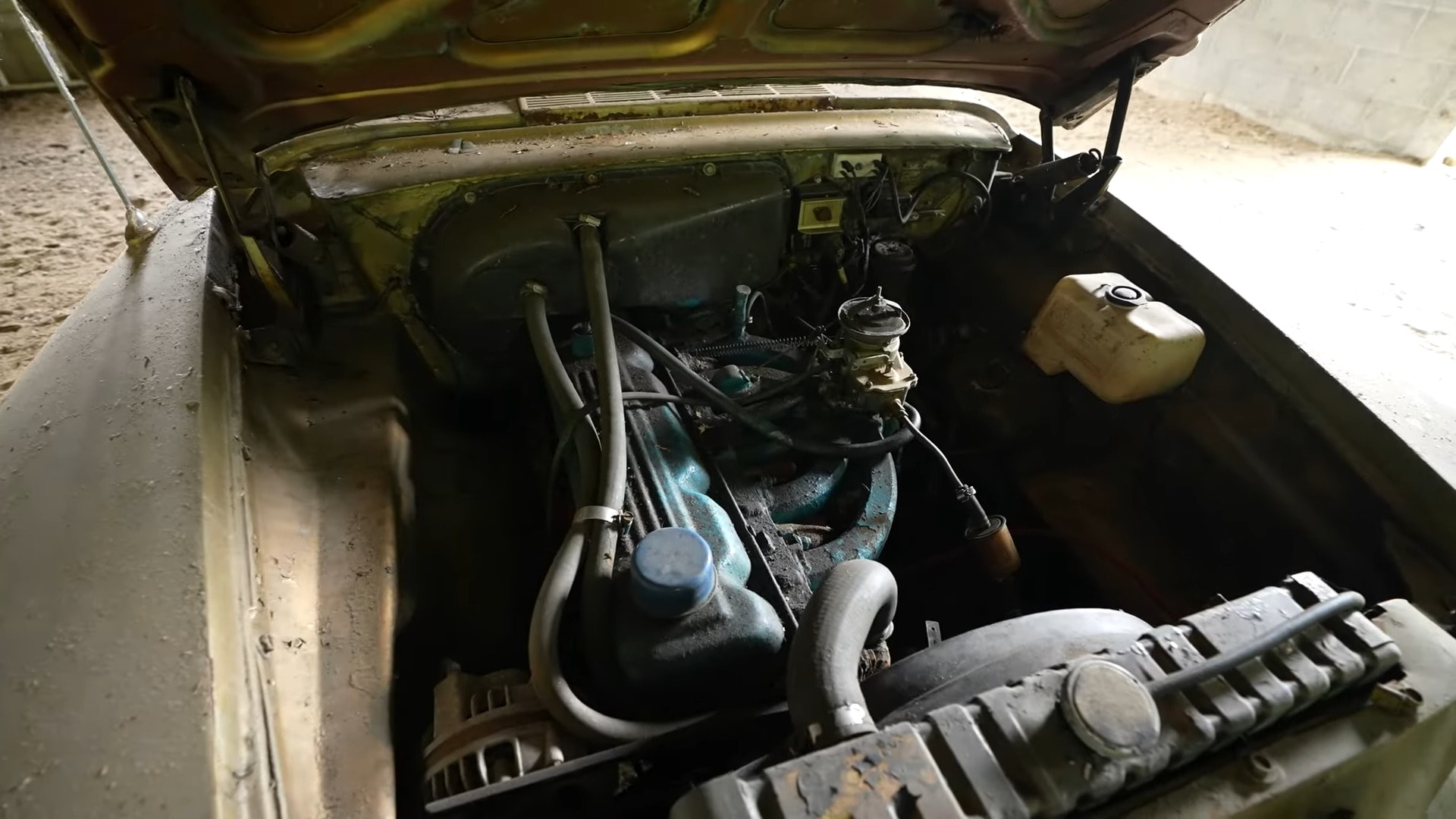The early 1960s marked a pivotal moment for Chrysler as the automaker transitioned from the audacious, fins-laden designs of the Virgil Exner era to a more restrained aesthetic. This stylistic evolution was a complex process, and its challenges are perhaps best exemplified by the Dodge Lancer.
Born out of necessity to compete with the Plymouth Valiant in the burgeoning compact car market, the Lancer was a badge-engineered product that defied expectations. Despite its rushed introduction, the Lancer garnered surprising acclaim for its driving characteristics.

However, it was the car’s styling that truly divided opinion. While a contemporary survey revealed high levels of satisfaction with the Lancer’s handling and performance, its unconventional appearance was a point of contention. The car’s unique design language, a departure from the more conservative offerings of the time, was a bold statement from Dodge.
This experimental approach was particularly evident in the Lancer station wagon, a rare and sought-after model that has developed a cult following in recent decades. The Lancer stands as a fascinating testament to an era when automotive design was still evolving rapidly. Its blend of practicality, performance, and distinctive styling positions it as a compelling outlier in the automotive world of the early 1960s.
The car’s story serves as a reminder that even during periods of stylistic transition, automakers can occasionally produce truly distinctive and memorable vehicles. Hagerty, the automotive preservation specialist, has made a remarkable discovery: a 1962 Lancer 770 station wagon that has been slumbering in a Michigan garage for nearly two decades.
Despite its extended hibernation, the car has emerged remarkably well-preserved. While the tires had succumbed to the passage of time, the rest of the vehicle, including the interior, appears to have escaped the worst of the elements. This is a testament to the care it was afforded during its storage.

A particular point of interest is the car’s original 225 cubic-inch Slant Six engine. Known affectionately as the ‘One-Tire Fire’, this powerplant is celebrated for its robustness. Impressively, the engine still holds oil, a positive indicator of its internal condition.
Delivering a healthy 145 horsepower and 215 lb-ft of torque, the Slant Six is paired with an automatic Torqueflite transmission controlled by a distinctive pushbutton system. As the restoration project commences, the focus is initially on bringing this classic drivetrain back to life.

